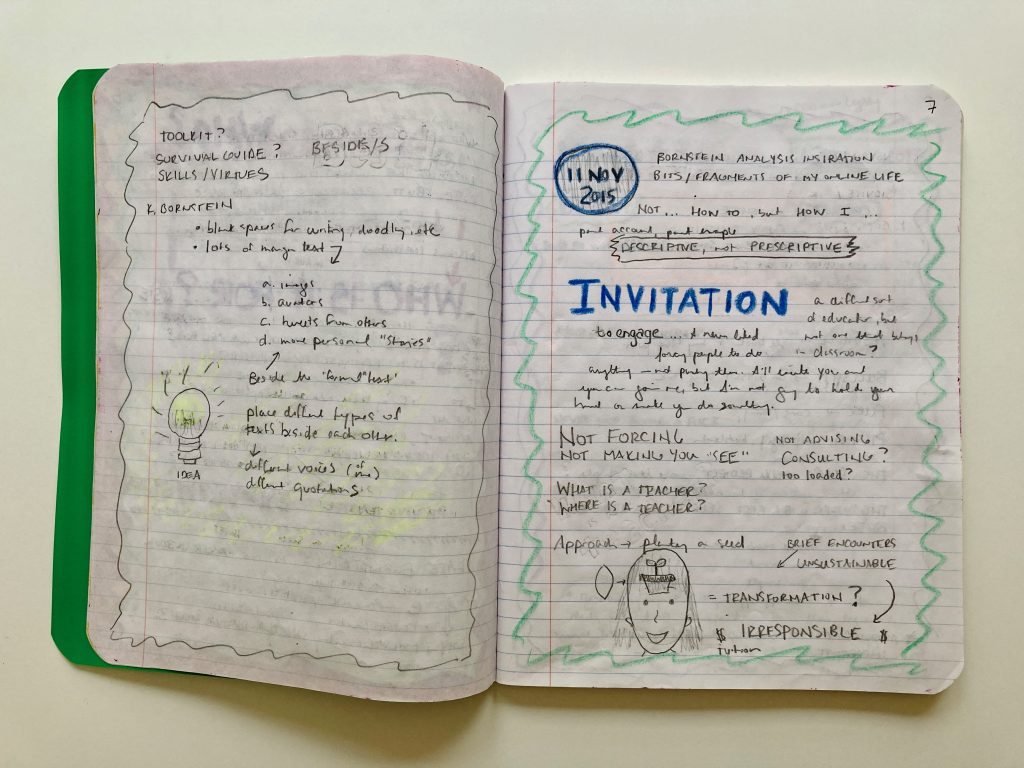5.5 miles
franklin loop
45 degrees
Sun! Warmth! Spring! Felt much warmer than 45 degrees, at least once I warmed up. I remembering now, as I write this, that I was chilly for the first 10 minutes.
15 Things I Noticed:
- there were 3 stones stacked on top of each other on the big boulder heading down into the tunnel of trees
- water was dripping or streaming out of the limestone on the st. paul side — I didn’t see it, but heard it
- my feet were shshshshshshing as I ran over grit on the edge of the path on the franklin bridge
- one laminated notecard was still attached to the railing on the lake street bridge. It was the one I stopped to read last week: “your story doesn’t have to end.” What happened to the others? Why was this the only kept?
- at least one runner was wearing shorts
- the wind was in my face as I headed north on the west side, at my back heading south on the east side
- there were no rowers on the river and no roller skiers on the path
- the edge of the paved path was white. I decided it was stained from salt, not covered in lingering ice or snow — too warm
- the walking path under the lake street bridge on the east side is still closed off — I think Scott said the path had crumbled there. Can they (will they) fix it?
- there was a tree trunk down on the winchell trail that looked like a sitting person, at least to me
- the shadow of a bird crossed over me. I looked up but couldn’t see it in the sky
- lots of honking geese, sometimes the sound of their honks became indistinguishable from a yelling kid or a moving car
- a peloton of 6 or 7 bikes passed me. Their spinning wheels were so loud! Spinning, whirring, rumbling. My sudden thought: how loud the 200+ bikes I see at the bike races I watch must be!
- a deep voice off the side, carrying clearly across the road, cutting through everything, almost rattling my skull
- the top of a split rail fence at a steep part of the path is missing — how did that happen?
I was planning to do a list of 10, but I kept remembering more things that I noticed. I like this exercise as a way to remember things from my run.
before the run
For every other “before the run” I’ve done, I write it in a saved post before I go out for my run. Today, I was busy reading Anna Tsing’s The Mushroom at the End of the World, and didn’t have time. It takes some time to read and post all of the stuff I’m thinking about before the run. Maybe too much time? Now, after the run, I don’t have much time either, so I’ll keep this brief. Just listing a few things that I read/did before the run:
Finished re-memorizing Katie Farris’s “What Would Root”
Re-visited Farris’s beautiful poem:
In the Event of My Death/ Katie Farris
What used to be
a rope descending
my vertebrae to the basement
of my spine
grows thin.
In solidarity with my chemotherapy,
our cat leaves her whiskers on
the hardwood floor,
and I gather them, each pure white parenthesis
and plant them
in the throat of the earth.
In quarantine,
I learned to trim your barbarian
hair. Now it stands always on end:
a salute to my superior barbary skills. In the event
of my death, promise you will find my heavy braid
and bury it–
I will need a rope
to let me down into the earth.
I’ve hidden others
strategically around the globe, a net
to catch my body
in the wearing.
Thought about nets and this passage from The Mushroom at the End of the World:
Mushrooms are the fruiting bodies of fungi. Fungi are diverse and often flexible, and they live in many places, ranging from ocean currents to toenails. But many fungi live in the soil, where their thread-like filaments, called hyphae, spread into fans and tangle into cords through the dirt. If you could make the soil liquid and transparent and walk into the ground, you would find yourself surrounded by nets of fungal hyphae (137).
Thought about imagining the soil was liquid and transparent and then entering it, surrounded by nets of fungal hyphae. What if I could swim in the soil? Swim through these nets of fungal hyphae?
Wondered about networks and the comparisons Tsing describes between fungi networks and the internet (the wood wide web) and the infrastructure of highway systems. What are some key differences between how the internet and highways work?
during the run
Thought about nets and what they do, what they’re for, as I ran. Nets can trap and confine things, like fish, but they can also hold things — carry, hold together, be a container for, not sealed or airtight but open with many holes, ways to breathe. I thought about these nets as loosely holding organisms/selves together without sealing them into a self-contained, separate Subject.
after the run
There’s a lot to ruminate over with entanglement and fungi and mutuality as a starting point instead of competition. I need to sit with all some more, and maybe do some writing around/with a few lines from the book. I’m hoping to turn my thoughts into a poem for an call for work on entanglement.
In my notes in Plague Notebook, Vol 11 I made a list of words related to nets:
- weave
- cover
- crossing, cross over
- holds things, gathers things
- tangled
- knotted
- a web, a weaving
- safety net
